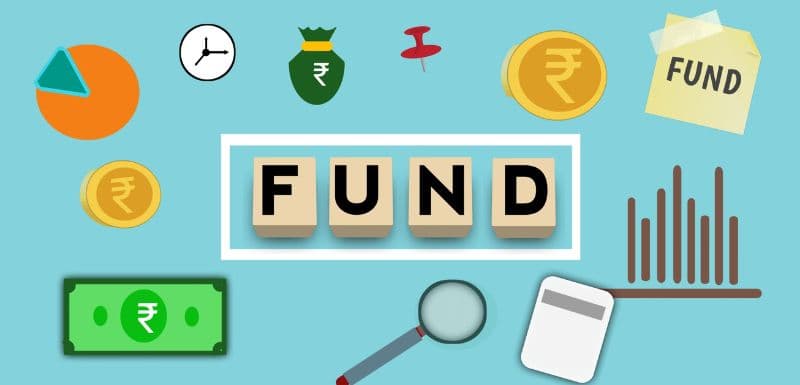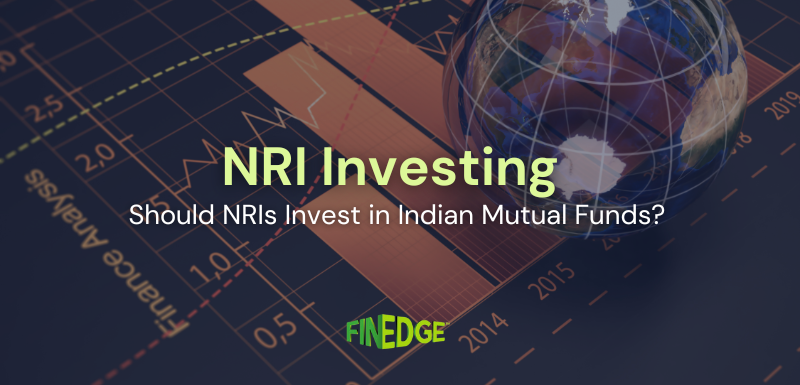Are Debt Funds “just like FD’s”?

Falling FD rates have sparked growing interest in debt funds, offering higher returns but with varying risk levels. Investors should assess their risk tolerance before making the switch.
Last year’s unanticipated cash-squeezing demonetisation, coupled with steadily falling interest rates on traditional savings tools such as fixed deposits, has sparked off renewed levels of interest in Debt Funds. According to a recently released report by the Reserve Bank of India, Debt Funds witnessed net inflows of Rs. 2.13 trillion (2.13 lakh crores) in 2016/17 – much higher than the figure of 30,000 Crores registered a year before. This trend of ‘financialization’ of household savings is likely to continue going forward, too.
If you’re one of the thousands of investors who are contemplating a switch over from FD’s into debt funds, its vital that you acquaint yourself with some of the key factors that differentiate them from each other.
Risks and Rewards from Debt Funds
Traditionally, most debt funds have outperformed Fixed Deposits over the long term. However, its vital to understand that there are actually many different types of debt funds available, each of them having a unique risk profile. For example, GILT Funds, commonly perceived as risk free due to the fact that they invest purely into government securities, actually carry the highest degree of “interest rate risk”, or the risk of price volatility that arises from movements in underlying interest rates. When interest rates in the economy fall, these GILT Funds will outperform heavily – however, if interest rates were to rise, they could even give you a negative return! Similarly, there are some funds that aim to earn higher returns by investing into bonds that are lower rated and have higher coupons or yields. Though these bets can pay off richly, leading to double digit returns, they can sometimes backfire too. For example, when bonds of BILT were downgraded earlier this year, many debt funds that held the security in their portfolios took a hit.
How Debt Funds differ from FD's
Debt Funds differ from FD’s in many ways. Firstly, they do not give you a fixed rate of return. Unlike Bank FD’s, which lock in your interest pay out at a fixed rate, your fund value can fluctuate in debt funds, based on market dynamics. Additionally, while FD’s provide returns purely in the form of interest pay outs, debt funds earn returns from interest (coupon) pay outs from their underlying bonds, as well as from capital gains that could arise if bond prices rise. Bond prices could rise when underlying interest rates fall, or if they are upgraded by a leading credit rating agency such as CRISIL or ICRA. Additionally, Debt Funds provide better exit options, allowing you to liquidate your money partially if the need arises. FD’s can only be ‘broken’ in totality, and this usually results in a penalty in the form of a reduced interest rate.
Should you go for FD's or Debt Funds?
Now that you’ve understood that Debt Funds are not “just like FD’s”, you’re in a better position to take an informed decision on them. FD’s are lower risk than debt funds, and less tax efficient too. Consequently, they usually provide returns that are 2-3 per cent lower than those earned from debt funds. Your choice should depend upon your individual risk tolerance levels. If you’re investing into debt funds for the first time, choose those that have lower average maturities and higher credit profiles, and therefore carry lower risk. Consult with a professional Financial Advisor to understand which debt fund fits in best with your risk profile and investment objectives.
Your Investing Experts
Relevant Articles
Types of Debt Funds in India
Debt funds in India offer something for everyone, from overnight investors to those with long-term goals. Knowing the types of debt funds can help you align your choices with your financial plan.
Should NRIs Invest in Mutual Funds in India?
India’s economy is entering a powerful growth phase, and NRIs have a unique chance to be part of it. Mutual funds make it simple, transparent, and goal-driven to participate in this long-term opportunity.
Arbitrage Funds in India: Balancing Stability and Tax Efficiency
Arbitrage funds turn short-term market inefficiencies into steady, low-risk returns. They offer a simple, tax-efficient bridge between savings and equity investments.
.png)
.png)

.png)